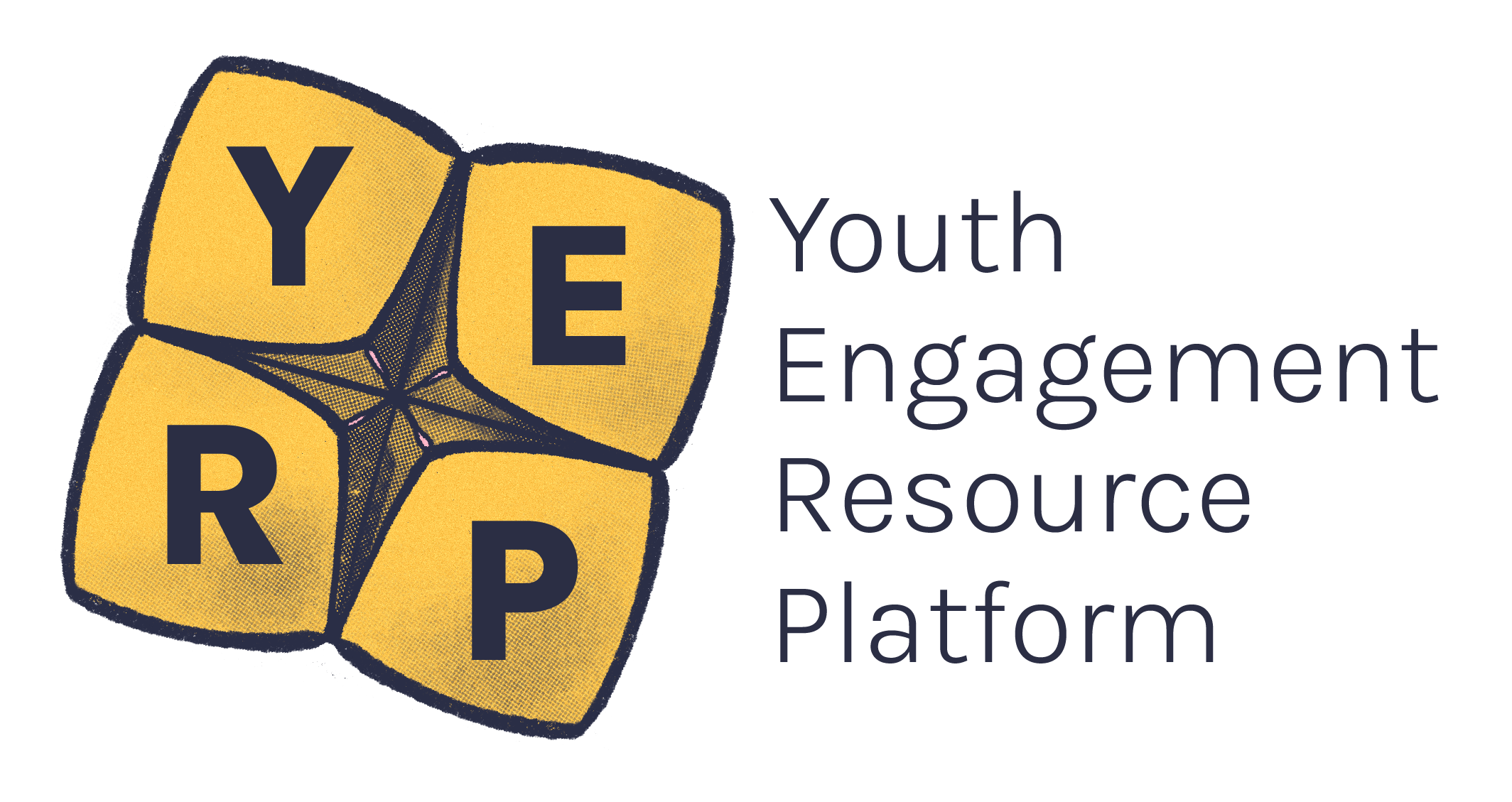An Access and Inclusion Action Plan (AIAP) describes how an organisation will remove barriers, eliminate discrimination and act inclusively. It is both a A document that explains how an organisation works and what staff must do.policy, which informs how the organisation will act, and a public declaration that the organisation is committed to ensuring access and inclusion.
An Access and Inclusion Action Plan includes information about how the organisation is working to make sure that its spaces and services are accessible to disabled people. Formal Access and Inclusion Action Plans can be lodged with the Australian Human Rights Commission. Less formal plans are still good, as long as they are useful and Making changes to a workplace that means people actually do what a policy says.implemented.
The Australian Human Rights Commission recommends that an action plan should:
- Actively eliminate barriers and discrimination.
- Improve services to existing consumers or customers (the people you support or serve).*
- Enhance organisational image (help look good, attractive and/or respected).
- Reduce the likelihood of complaints being made.
- Increase the likelihood of being able to successfully defend complaints.
- Increase the likelihood of avoiding costly legal action (like being taken to court or a tribunal).
- Allow for a planned and managed change in services.
- Attract new consumers (or customers, the people you support or serve).
* (text in brackets from YDAS to help explain)
An action plan can be as simple as answering the following six questions:
- What activities does our organisation do?
- What barriers might prevent young disabled people from being included in these activities?
- What can we do, through a policy or program, to eliminate these barriers?
- Who will be responsible for Doing or making happen.actioning these policies or programs?
- How will we measure whether these policies or programs are successful?
- How will we tell people about this plan?
In a small organisation, you might find that it is simple to eliminate barriers. A small organisation can eliminate the barriers without developing a formal Accessibility and Inclusion Action Plan. In a larger organisation, the barriers, policies and programs might be more complex. This situation calls for a more formal plan, which might cover several years.
A great way to develop an effective Accessibility and Inclusion Action Plan is to use a co-design process. Co-design means working with young disabled people to develop a plan for how your organisation will engage with disabled young people. You can read more about co-design principles on YACVic’s yerp resource or in VCOSS’s publication Walk alongside: Co-designing social initiatives. The Together project has been developed with a co-design process, too! You can learn more about this process here.
A key part of a successful Accessibility and Inclusion Action Plan is an allocation of responsibility and resources. A good plan will accurately describe who is responsible for doing certain actions.
Read more:
Here the Australian Human Rights Commission describes in depth how to develop Action Plans.
YACVic’s yerp resource talks through how to include young people.
Victorian Council of Social Services writes about how to co-design social initiatives.



